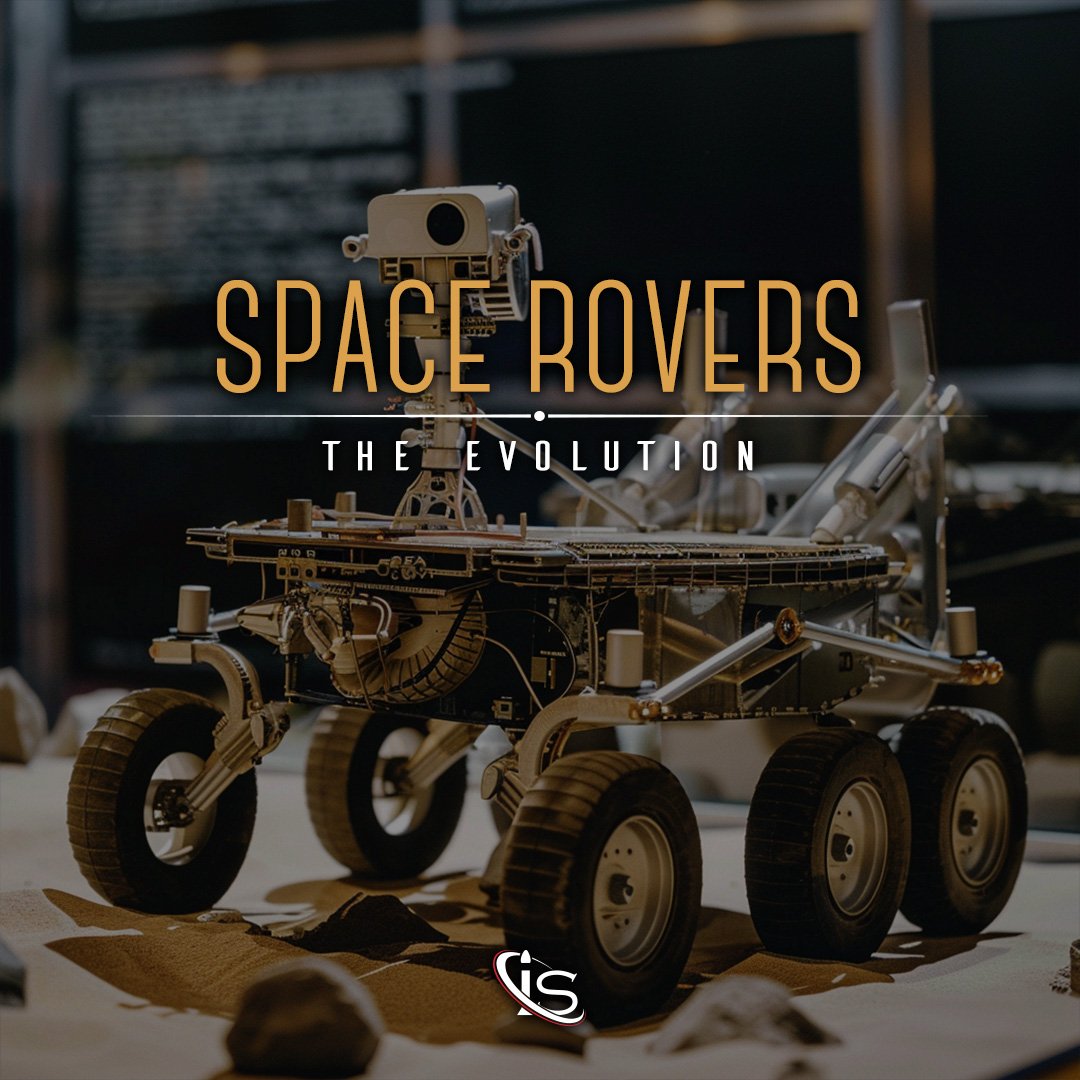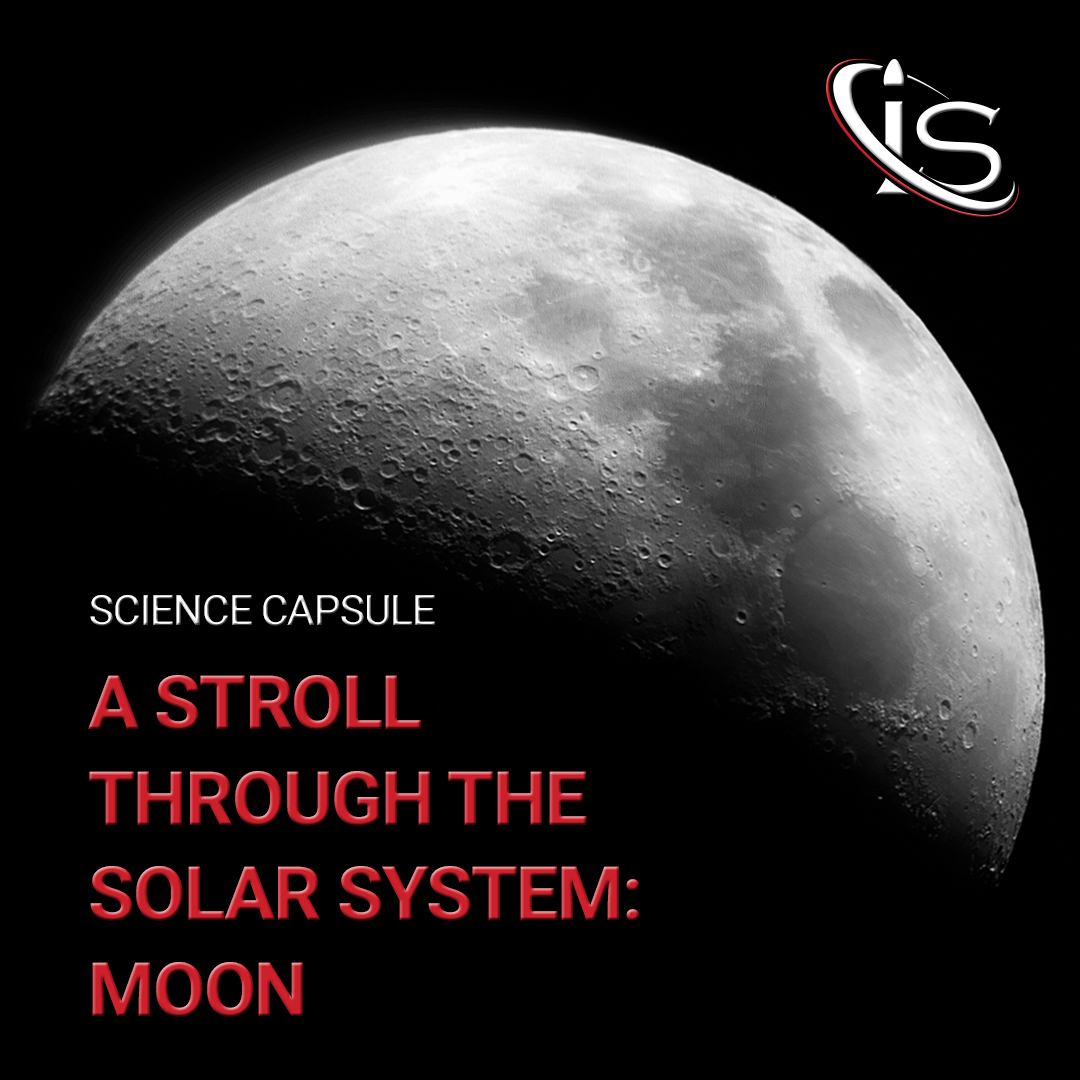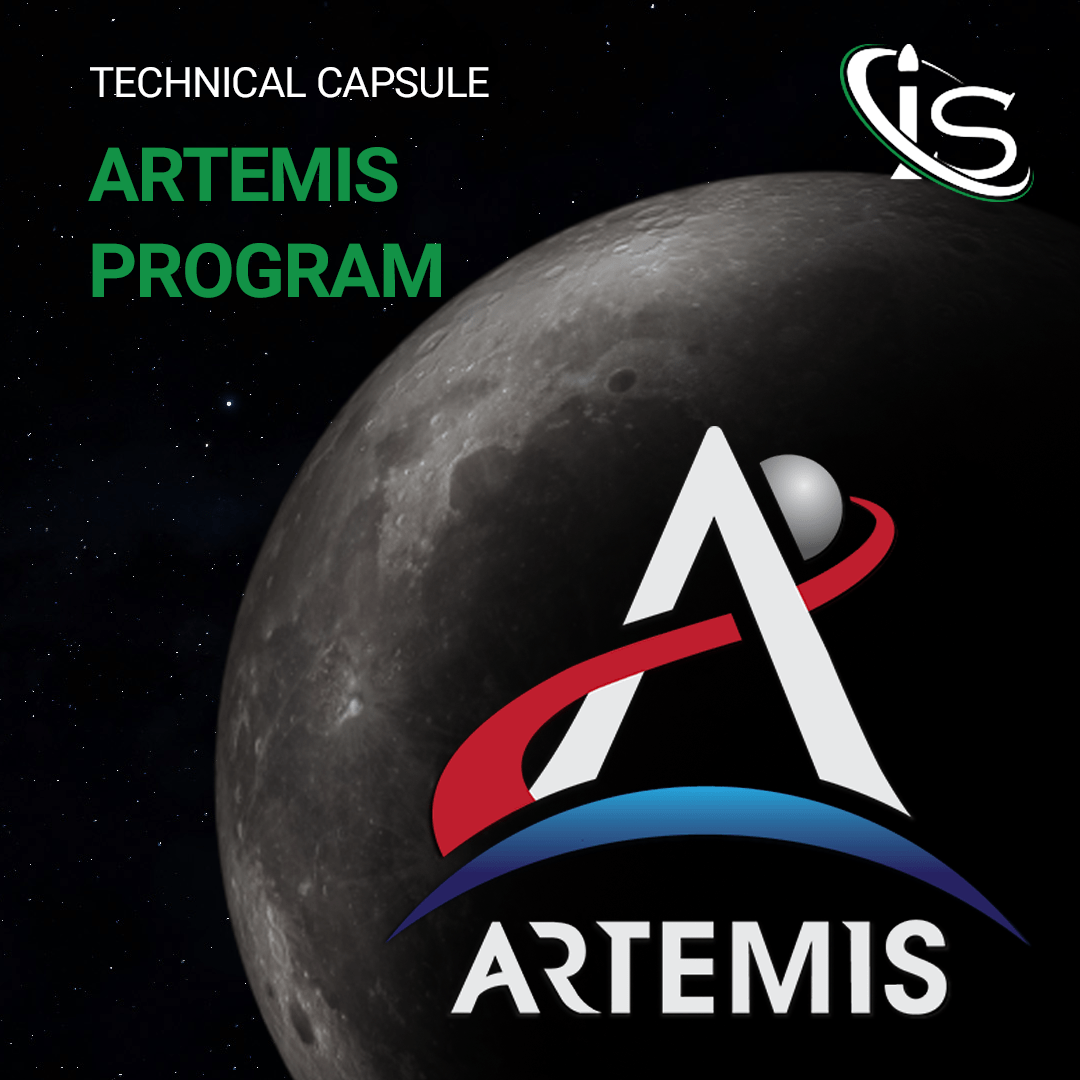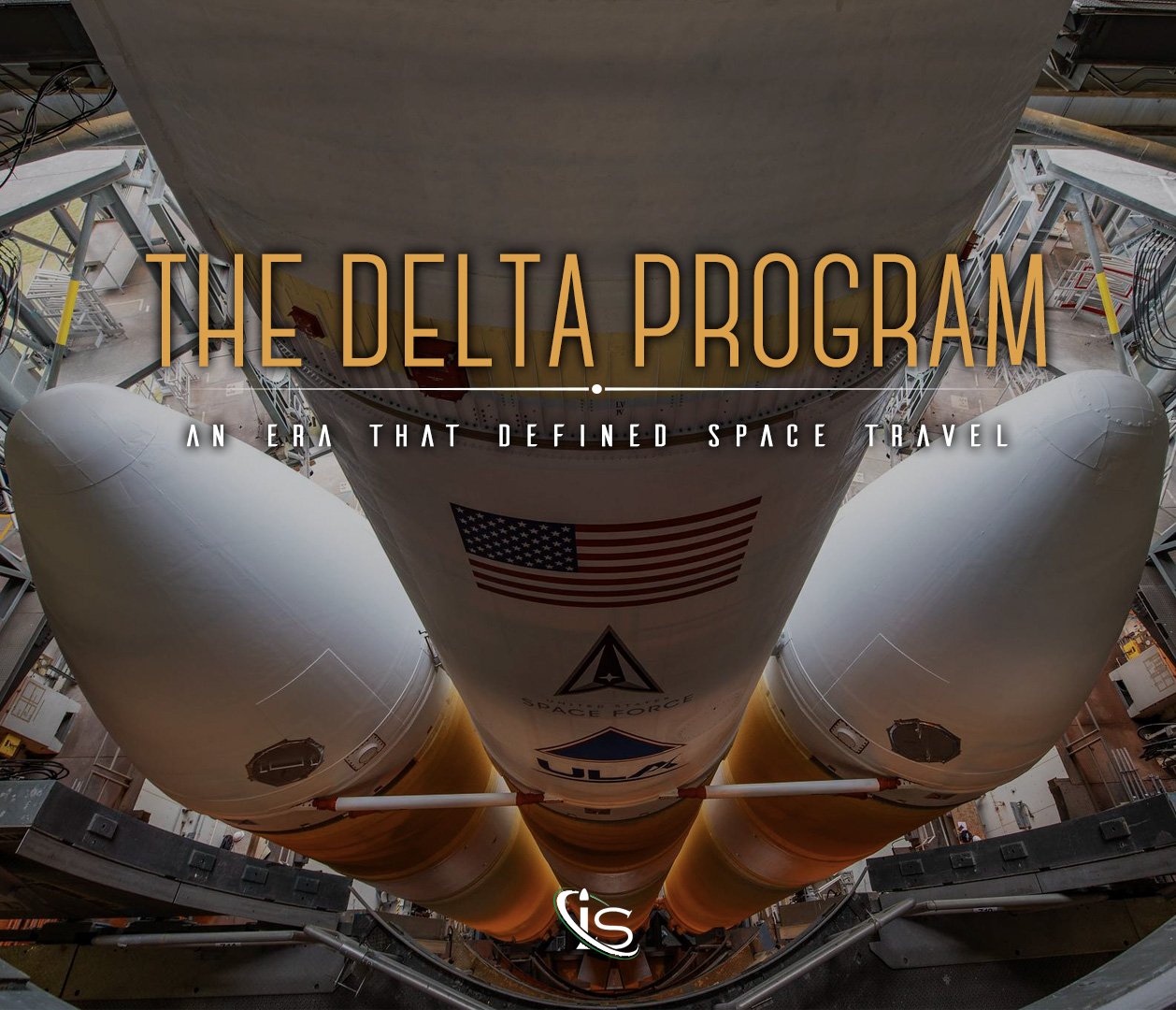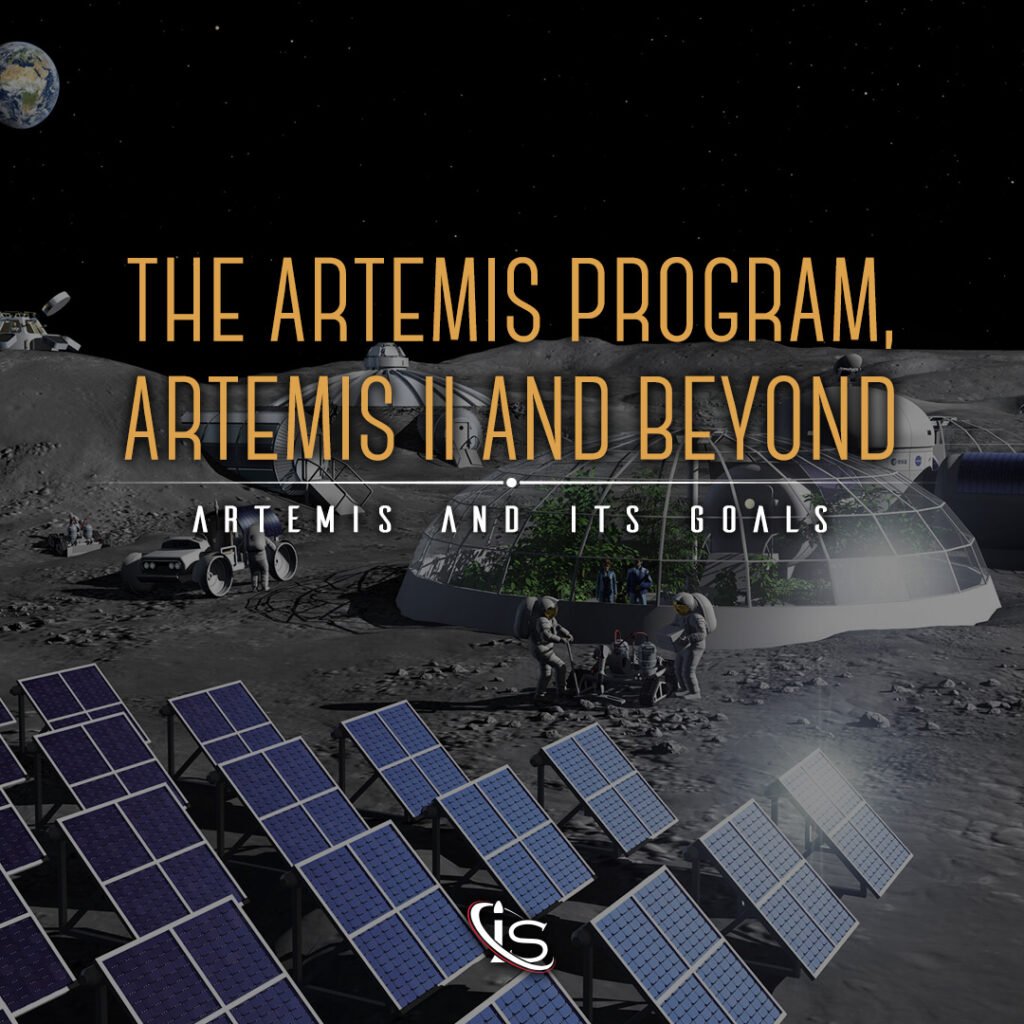Welcome to another installment of everyone’s (or maybe it’s just me) favorite series, the historical milestones. For our twentieth entry in the series, we are going to be exploring Luna 2, the first ever spacecraft to hard-land on the Moon. In fact, this was the first ever man-made object to land on any celestial body that wasn’t Earth. So, without further ado, let’s get to talking about Luna 2.
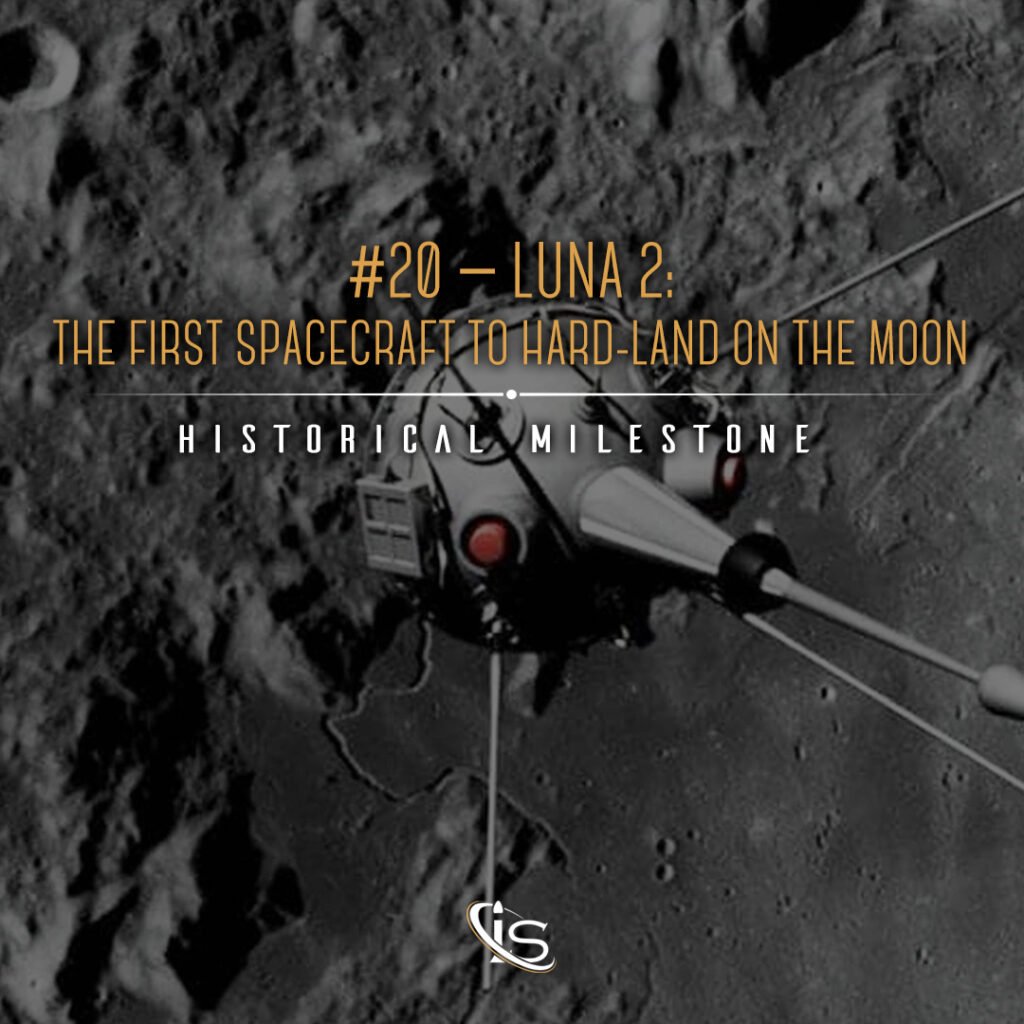
The Luna Program
Part of the Soviet Union’s Luna program, Luna 2 was the second spacecraft of these Moon-bound vehicles. This program ran from 1959 to 1976, with the first three missions all taking place in the first year. Interestingly enough, Luna 2 was not the first spacecraft to attempt a hard landing on the Moon. Its predecessor, Luna 1, also had this goal as its mission objective. However, it ended up missing our Moon, instead becoming the first spacecraft to escape the Earth-Moon system.
Luna 2
After Luna 1’s miss of Earth’s satellite, it was time for Luna 2 to try and succeed where its predecessor failed. And succeed it did, just a few months later in September of 1959. The launch occurred on September 12th from the Baikonur Cosmodrome at 6:39:42 UTC. After attaining escape velocity, Luna 2 then proceeded to separate from its third stage with its sight set on the Moon. Something to note is that Luna 2 did not have any propulsion itself. This meant that once the trajectory was set and separation occurred, there wasn’t anything that could be done to change that.

Fortunately, Luna 2 was released on the right path and successfully made its way towards the Moon. But, before impacting the Moon, Luna 2 started releasing an orange cloud of sodium gas. The reason behind this was twofold. First, the gas made it easier to track the spacecraft on its journey. Second, this provided an opportunity to study how gas behaves in space.
Luna 2’s Impact
After a short journey of 1 day and 14 hours, Luna 2 made history. The time was 21:02:24 UTC on September 13th, 2014, when communications with the spacecraft abruptly ended. This signaled that the spacecraft had reached its destination and successfully impacted the Moon as intended. The point of impact was located in the Palus Putredinis region, east of Mare Serenitatis. A mere 30 minutes later, Luna 2’s third stage, which had followed the spacecraft to the Moon, also impacted the surface. Although as this was not the focus of the mission, the exact location is unknown. Luna 2’s impact also showed that the Moon does not have any appreciable magnetic field.

And before ending, I feel I should clear something up. We are very careful with our historical milestone series to have the dates match up with the anniversary of the event. But for those of you paying careful attention, you might have noticed that the date of impact was the 13th and not the 14th. The reason for this is rather mundane but still worth going over. While the impact was at 21:02:24 UTC on September 13th, in Moscow the time was actually 00:02:24 on September 14th. And since we usually go with the local time for the country in question, the executive decision was made (by me) to have this come out on September 14th. A similar occurrence happened in our Explorer 1 milestone, so this will be the norm going forward.
And with that I leave you for today. I hope you enjoyed learning about Luna 2. Make sure to stay tuned to Impulso’s social media for the next milestone. See you all then!
